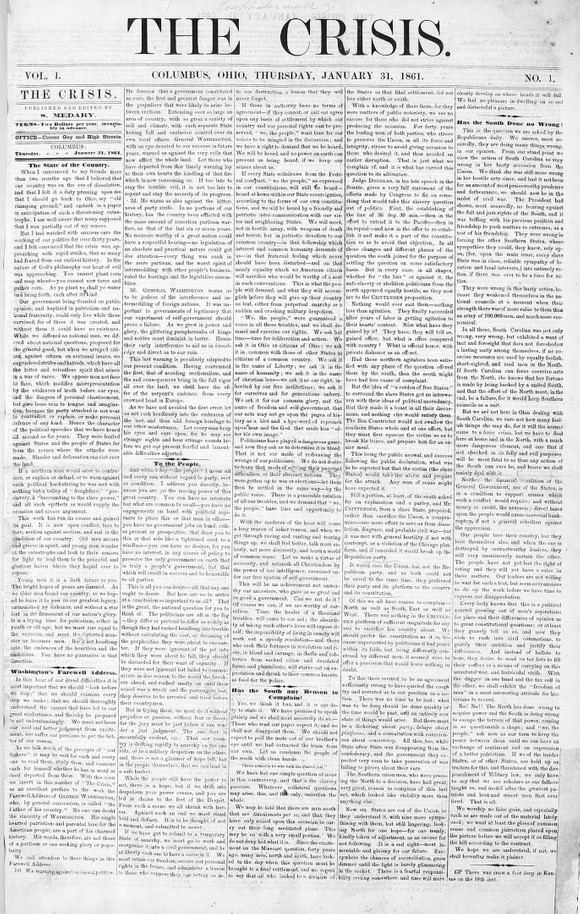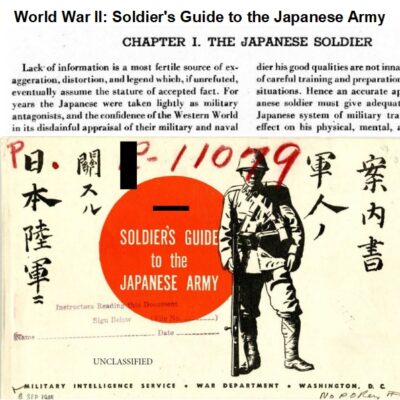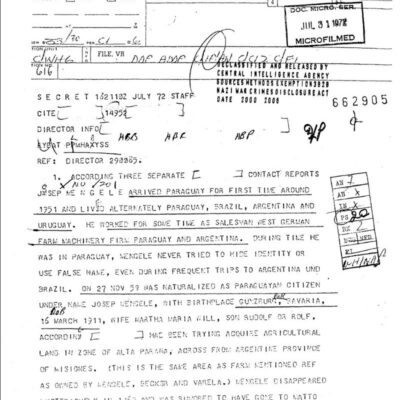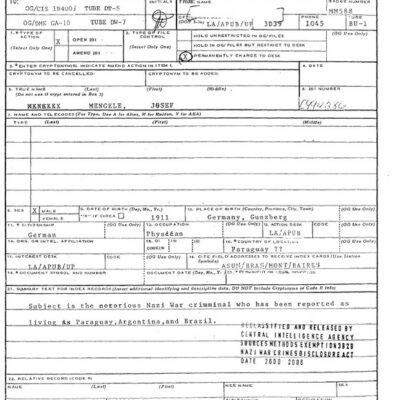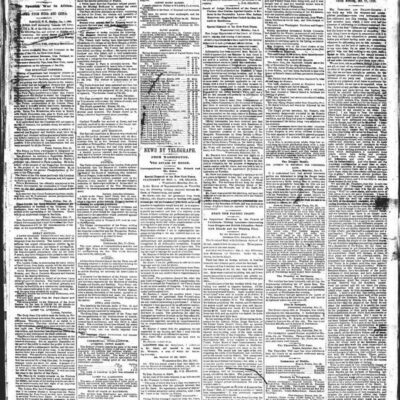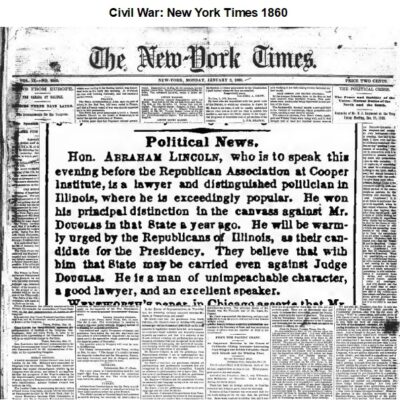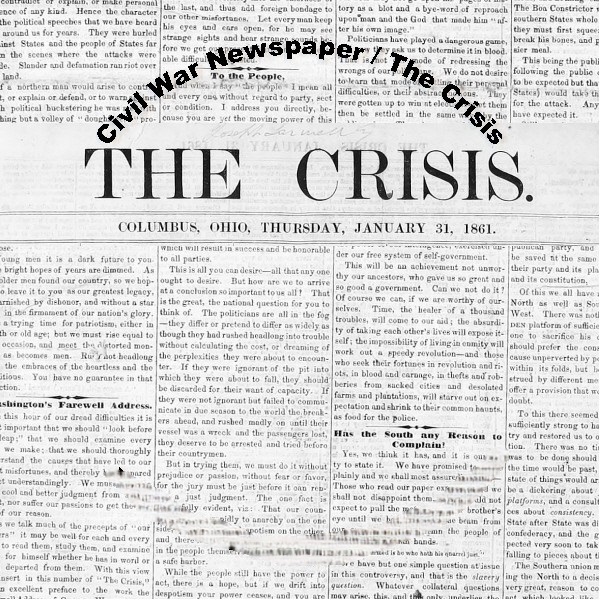
Civil War Newspaper: The Crisis Northern Pro-Confederate Newspaper
$19.50
Description
Samuel Medary, *The Crisis*, and Civil War Dissent
Timeline of Main Events:
- 1834: Samuel Medary serves a term in the Ohio House of Representatives.
- 1836-1838: Samuel Medary serves in the Ohio State Senate.
- 1838: Samuel Medary purchases a newspaper in Columbus, Ohio, and transforms it into the Ohio Statesman, becoming its editor.
- 1844: Samuel Medary is active at the National Democratic Convention in Baltimore and is instrumental in the nomination of James K. Polk.
- 1856: Samuel Medary participates in the presidential election efforts of James Buchanan.
- April 23, 1857 – May 24, 1858: Samuel Medary serves as the third Territorial Governor of Minnesota.
- December 1858 – December 1860: Samuel Medary serves as the sixth Territorial Governor of Kansas.
- January 31, 1861: The first issue of The Crisis, a Northern pro-Confederate weekly newspaper edited by Samuel Medary, is published in Columbus, Ohio.
- Early 1861 onwards: The Crisis editorial position advocates against the federal government limiting slavery and engaging in warfare against the Confederacy. It promotes the views of “Peace Democrats” or “Copperheads.”
- Early 1861 onwards: The Crisis initially does not carry advertising but begins doing so on its last two pages after its first four months.
- January 29, 1862: In an issue of The Crisis, Samuel Medary harshly criticizes abolitionists.
- 1863: The Crisis endorses Clement Vallandigham for Governor of Ohio, who has been deported to the Confederacy by President Lincoln. Medary encourages resistance to Lincoln’s policies like conscription, martial law, and the income tax.
- January 7, 1863: The Crisis publishes a scathing reaction to President Lincoln’s Emancipation Proclamation.
- March 5, 1863: An angry mob destroys the office of The Crisis newspaper.
- 1863 onwards: Postmasters in West Virginia, Kansas, and Missouri halt the circulation of The Crisis in those states due to its perceived harmful influence.
- October 1863: An alleged plot by Peace Democrats to free Confederate prisoners in Ohio occurs.
- May 20, 1864: Samuel Medary is arrested and charged with conspiracy against the United States Government by a federal grand jury, along with eight other Peace Democrats, for their alleged involvement in the October 1863 plot.
- November 7, 1864: Samuel Medary dies while released on bond, the night before President Lincoln’s reelection.
- January 25, 1865: The last issue of The Crisis covered by this collection is dated.
- Post-November 1864: The type of personal editorial journalism exemplified by The Crisis declines in popularity as the public increasingly demands factual war news.
Cast of Characters:
- Samuel Medary: (1801-1864) The founder and editor of The Crisis, a Northern pro-Confederate weekly newspaper published in Columbus, Ohio. Prior to this, he had a long career in Ohio politics, serving in the state legislature and as the editor of the Ohio Statesman. He also served as the Territorial Governor of Minnesota (1857-1858) and Kansas (1858-1860). His newspaper, The Crisis, opposed the Union’s efforts to limit slavery and fight the Confederacy, advocating for the “Peace Democrats.” He was arrested in 1864 for alleged conspiracy against the U.S. government and died shortly before the end of the Civil War.
- Andrew Jackson: (1767-1845) The seventh President of the United States. Samuel Medary identified as an Andrew Jackson Democrat early in his political career.
- James K. Polk: (1795-1849) The eleventh President of the United States. Samuel Medary played a significant role in his nomination at the 1844 Democratic National Convention.
- James Buchanan: (1791-1868) The fifteenth President of the United States. Samuel Medary actively supported his presidential campaign in 1856 and was later appointed by Buchanan as the Territorial Governor of Minnesota and then Kansas.
- Clement Vallandigham: (1820-1871) A prominent Ohio politician and leader of the “Copperheads” or Peace Democrats during the Civil War. He was a vocal critic of President Lincoln and the war. He was arrested and deported to the Confederacy by Lincoln. The Crisis endorsed his candidacy for Governor of Ohio in 1863.
- Abraham Lincoln: (1809-1865) The sixteenth President of the United States. His policies regarding slavery and the prosecution of the Civil War were strongly opposed by Samuel Medary and The Crisis. Medary viewed Lincoln as a “dictator” and criticized his Emancipation Proclamation, conscription, martial law, and income tax.
- Robert Harper: Author of “Lincoln and the Press,” who described The Crisis as “one of the most widely quoted Copperhead newspapers of the Civil War period” and Medary as “the acknowledged voice of the Peace Democrats.”
- Donna Dickerson: Author of “The Course of Tolerance: Freedom in Nineteenth Century America,” who noted the Civil War’s significant contribution to the debate and understanding of freedom of the press.
- Frank L. Klement: Author of “The Limits of Dissent: Clement Vallandigham and the Civil War,” who quoted a letter from Lincoln expressing the dilemma of balancing government power with individual liberties during wartime.
- Edward L. Carter: Author of “The Revolution in Journalism during the Civil War,” who observed a shift in public demand towards factual war reporting over opinion-based journalism during the Civil War.
Civil War Newspaper: The Crisis Northern Pro-Confederate Newspaper
1,664 pages of The Crisis, Northern pro confederate weekly newspaper, issues dating from January 31, 1861 to January 25, 1865
The Crisis was published in Columbus, Ohio and edited by Samuel Medary. At the beginning of the Civil War Medary was sixty-one years old. He spent the previous 40 years of his life in politics. He spent one term in the Ohio House of Representatives (1834) and the Ohio State Senate (1836–38) as an Andrew Jackson Democrat. In 1838, he purchased a newspaper in Columbus, Ohio that he turned into the Ohio Statesman and was its editor until 1857. Medary was active in the proceedings at the 1844 National Democratic Convention held in Baltimore, where he was instrumental in the nomination of James K. Polk. In 1856, he participated in the presidential election efforts of James Buchanan. He was appointed by President Buchanan as the third Territorial Governor of Minnesota, serving from April 23, 1857 to May 24, 1858. Later he was the sixth Territorial Governor of Kansas from December 1858 to December 1860.
He returned to Ohio and founded the newspaper “The Crisis” in an effort to thwart Unionist politics. The editorial position of the newspaper was that it was wrong for the federal government to seek limits on slavery and engage in warfare against the Confederate States of America. The newspaper promoted the politics of Northerners who sided with the positions and opinions at the foundation of the Confederacy, often referred to as “Peace Democrats” or “Copperheads.”
The Crisis borrowed its name from a series of broadsides published during the American Revolutionary War. Medary contented that the fight against British rule over the American colonies was comparable to the secession from the Union by southern states.
The weekly newspaper was five columns wide, eight pages long, with small print and single-column headlines. At first it did not carry advertising. After its first four months it began running ads, but only in its last two pages. The subscription price was $2.00 per year. In his first prospectus for the newspaper Medary said it would contain news of the week, public documents, speeches from both sides of issues, market reports, correspondence, and a summary of the proceedings of Congress and the state legislature.
In 1863, the newspaper endorsed the candidacy of Clement Vallandigham for Governor of Ohio. At the time Vallandigham had been deported and sent to the Confederacy by the order of President Lincoln. Medary encouraged resistance to President Lincoln’s policies, including conscription, martial law, and the first federal income tax. Robert Harper, author of “Lincoln and the Press,” wrote that Medary published “one of the most widely quoted Copperhead newspapers of the Civil War period,” and “was the acknowledged voice of the Peace Democrats.”
Medary opposition to emancipation and disregard for abolitionists was present in nearly every issue of his newspaper. In the January 29, 1862 issue of the Crisis he described abolitionists as “infidels in black coats and white neck ties, with Bibles in one hand and bowie knives in the other.” When referring to African-Americans in print, he often used the most demeaning epithet possible.
Medary’s reaction to the Emancipation Proclamation can be found in the January 7, 1863 issue of The Crisis, “The Deed is Done! The Dictator presumes to Speak! The Negro in the Ascendant! We do not know that anyone should be surprised at this last act of the half-witted Usurper who, in an evil hour, was elected under the forms of the Constitution by a portion of the American people under the whip and spur of a set of fanatical and sectional politicians, aided and abetted by a wicked and reckless priesthood, who were seeking after a new God and a new Constitution to suit their evil designs. The Abolition Proclamation of President Lincoln, which will be found below, is a singular document to be issued in a country claiming to be governed by Constitutions and Laws. It is as much unlike anything else which ever emanated from the head of a government, civilized or savage, as its author is unlike any other man who ever rose from obscurity to an eminent position.”
The concept that a more unconditional freedom of the press was provided for by the first amendment of the Constitution had not flourished in the minds of Americans. A greater protection of free speech had not yet been affirmed in the courts, and would not be seen until the next century. On March 5, 1863 an angry mob destroyed Medary’s newspaper office. Concern over the Crisis’s perceived pernicious influence led postmasters in West Virginia, Kansas, and Missouri to halt its circulation in those states. Donna Dickerson, the author of “The Course of Tolerance: Freedom in Nineteenth Century America,” wrote that, “The Civil War years added a great deal to the debate over the boundaries of freedom of press and even increased people’s understanding of the vital role the press could play in times of upheaval.”
President Lincoln was concerned about both the inconvenience to governess caused by a free dissident press and the harm to liberties caused by censorship. Frank L. Klement, in his book, “The Limits of Dissent: Clement Vallandigham and the Civil War,” cited a letter written by Lincoln in 1863 in which the President expresses, “Must a government of necessity be too strong for the liberties of its people, or too weak to maintain its own existence?”
On May 20, 1864, Medary was arrested after being charged with conspiracy against the United States Government by a federal grand jury. Medary along with eight other Peace Democrats were charged with three counts of armed conspiracy. The claim was that the nine had planned and participated in an October 1863 plot to free more than thirty-six hundred Confederate prisoners from three locations in Ohio. Medary was convinced that the President, who Medary previously at least once wrote, “deserved to be shot,” was behind the charges. He wrote in the Crisis, “It is just the thing for the tools of Lincoln’s despotism to injure our paper, and that is all they care about.”
Medary died while released on bond on November 7, 1864, the night before President Lincoln was reelected.
Medary’s passing coincided with the passing of a type of journalism that was becoming less popular as the Civil War progressed. His brand of newspaper journalism based on editorial content from one individual was losing its appeal. The public on all sides wanted to know facts about the events of the war, what was happening to their family and friends in battle, how long would the conflict last, and who would win the war. Edward L. Carter wrote in his book “The Revolution in Journalism during the Civil War,” that Americans, “demanded facts about the war, deemphasizing the traditional opinion function of the party press.”
The Crisis newspaper presents a chance for the study of the history of American journalism, the Civil War, free speech and the First Amendment of the Constitution.
